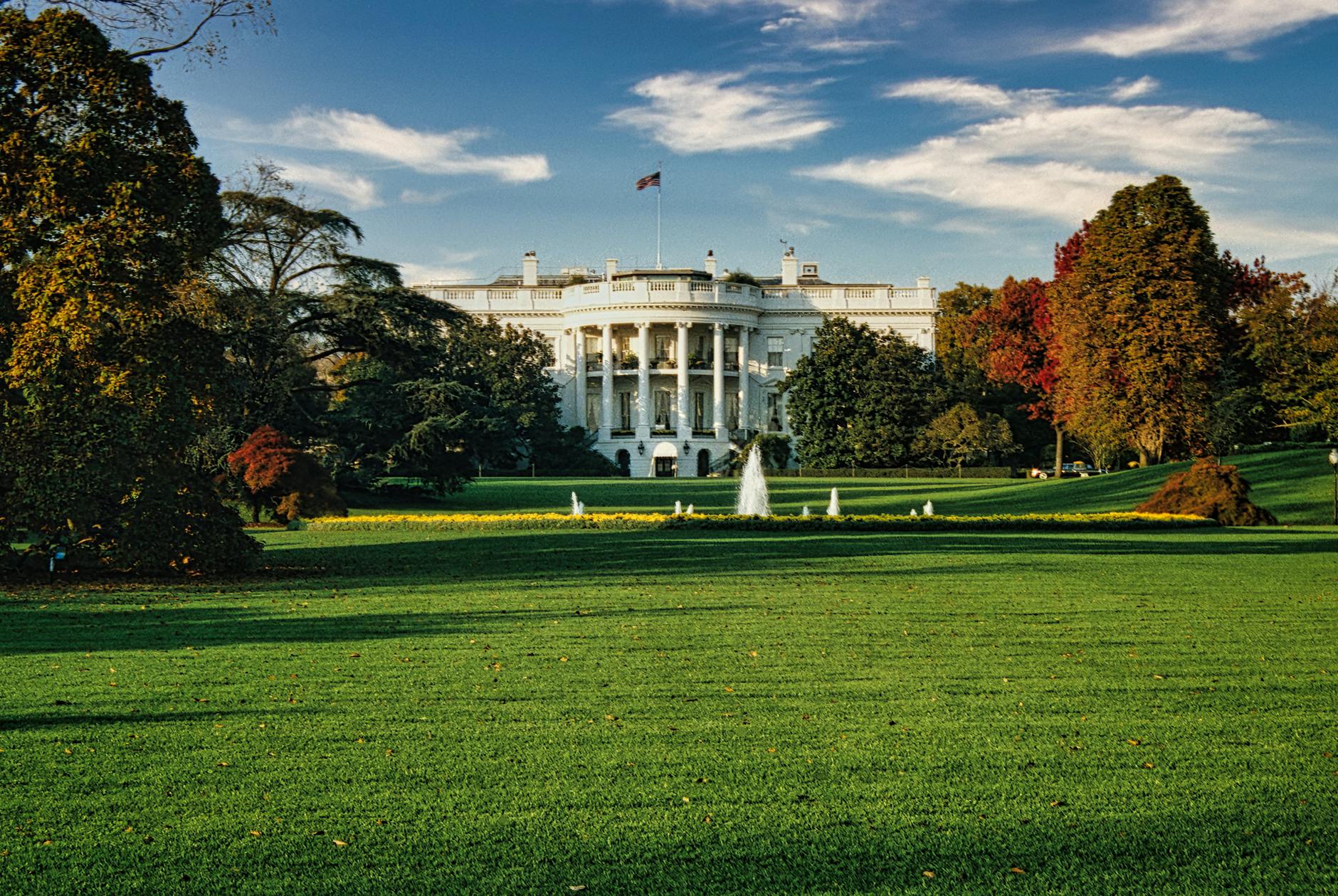
[adsense_top]
Fed Rate Decision: A Game-Changer for the Global Economy
The Wait is Over: Fed Announces Rate Hike
After months of speculation, the Federal Reserve (Fed) has finally made its decision on interest rates. In a highly anticipated move, the central bank has raised the federal funds target rate by 25 basis points to a range of 2.25% to 2.5%. This marks the seventh rate hike since 2015, and the first in 2019.
What Does it Mean for the Economy?
The rate hike is a sign of confidence in the US economy, which has been growing steadily since the last recession. The Fed believes that the economy is strong enough to withstand higher borrowing costs, and that inflation is on track to meet its 2% target. The move is also seen as a signal that the Fed is preparing for a potential slowdown in the economy, as the effects of the tax cuts and government spending begin to wear off.
Impact on Financial Markets
The rate hike has sent shockwaves through financial markets, with stocks and bonds reacting differently to the news. The S&P 500 index fell by 0.5% in early trading, while the yield on the 10-year Treasury note rose to 2.63%. The US dollar also strengthened against major currencies, as investors sought safe-haven assets.
What’s Next for Interest Rates?
The Fed has signaled that it will continue to raise interest rates gradually, with three more hikes expected this year. The central bank is also expected to begin reducing its balance sheet, which has been swollen by years of quantitative easing. This could lead to higher borrowing costs for consumers and businesses, as well as a stronger US dollar.
Global Impact
The rate hike is likely to have a ripple effect on global financial markets, as investors adjust to the new interest rate environment. Emerging markets, which have been vulnerable to rising interest rates, may be particularly affected. The move could also lead to a stronger US dollar, which could make exports more expensive and reduce demand for US goods.
What’s the Impact on Consumers?
For consumers, the rate hike means higher borrowing costs for mortgages, credit cards, and other loans. The move could also lead to higher interest rates on savings accounts and certificates of deposit. However, the Fed has also signaled that it will continue to monitor inflation and adjust interest rates accordingly. If inflation rises too quickly, the Fed may need to raise rates more aggressively, which could have negative consequences for the economy.
Conclusion
The Fed’s decision to raise interest rates is a sign of confidence in the US economy, but it also carries risks. As the central bank continues to navigate the complex landscape of monetary policy, investors will be watching closely to see how the economy responds to the new interest rate environment. One thing is certain, however: the Fed’s decision will have far-reaching consequences for the global economy, and will require careful monitoring and analysis to understand its full impact.
[adsense_bottom]







